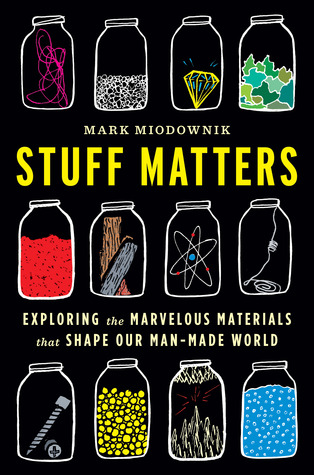Optimizing Brain Fitness
by Professor Richard Restak M.D. DVD & Paperback book 12 lectures 29 minutes per lecture Publisher: The Great Courses |
Source: Bought through Great Courses for $20.00.
Book Description, Modified from Great Courses Website:
Your brain is constantly changing through a process known as brain plasticity. While it was traditionally thought that our brains were fully formed by adulthood, the truth is that our life experiences continually shape and mold our brains in fascinating ways. You can improve your brain in a range of areas, including memory; attention and focus; learning and creativity; and sensory acuity and fine motor skills.
Dr. Restak includes exercises that will enhance and improve your brain's essential functions, like:
-In one minute, name as many animals as you can without repeating them. You'll have to use your working memory to mentally eliminate animals you've already named. A desirable score is between 17 and 20 animals.
-Close your eyes and envision the room around you, and then open them and check for accuracy. Repeat this memory-recall exercise and pay closer attention to smaller details, such as the number of magazines on a table.
My Review:
Optimizing Brain Fitness is a set of lectures about your brain which included exercises and games to improve your brain function. The DVD set came with a course book that covered some of the highlights of each lecture. The professor was very focused on what he was saying, so he often didn't follow the director's cues about the camera changing. This was distracting. The visual components added little to nothing to the lecture, so it might actually be easier to follow these lectures as audio only.
In the first few lectures, I often thought, "okay, that statement obviously meant something significant to you, but it means nothing to me." It was technical, but the problem was more like he was leaving out connecting information which he assumed we knew. The course book didn't fill in the blanks. This got better as the lectures went on, though, and the last three lectures were pretty good in terms of being understandable and applicable.
I had hoped to learn about the research on brain plasticity and practical, everyday things to help improve my brain. He didn't usually explain the specific research studies behind what he was teaching. He did have some practical exercises, like knitting or cooking, but many of the exercises were basically things you find in brain-puzzler books. I'd rather spend my time cooking than doing puzzles that have no direct real-world application, so I was disappointed there weren't more "real life" workout examples. There was some good material in these lectures, but it could have been so much better.
If you've seen this DVD, what do you think about it? I'd be honored if you wrote your own opinion in the comments.


























